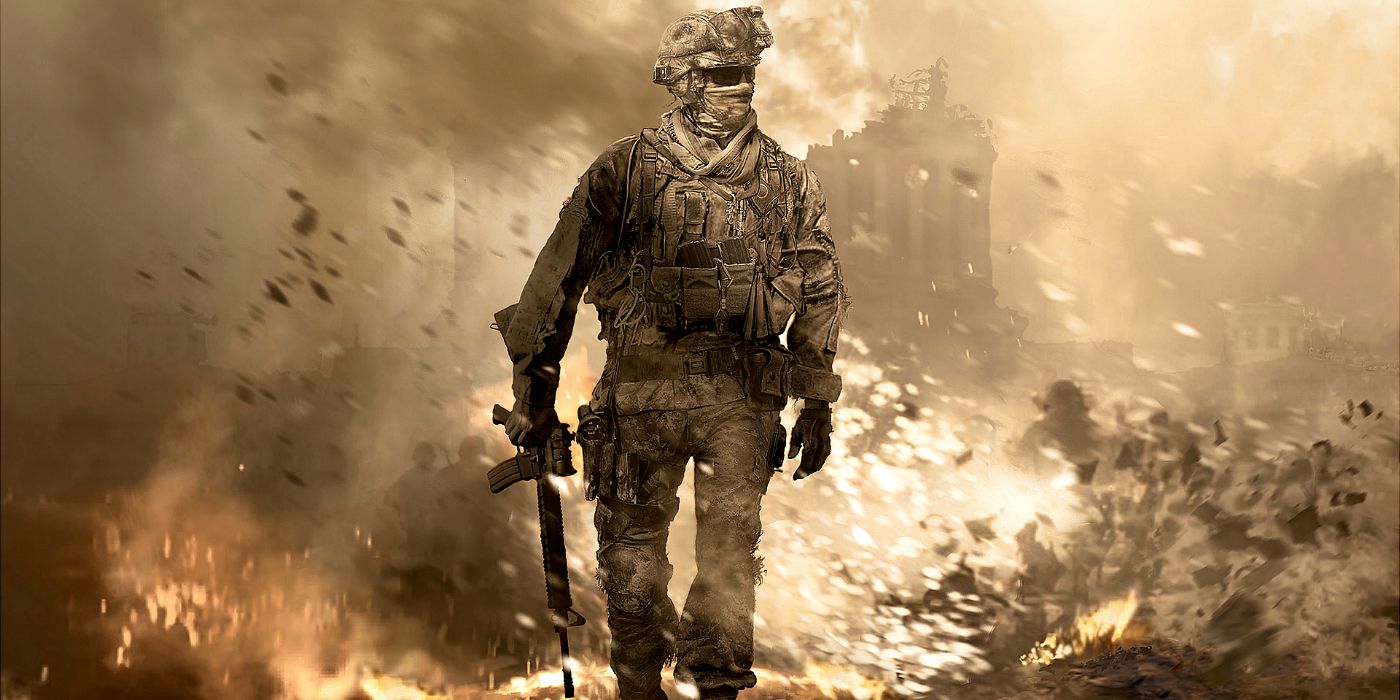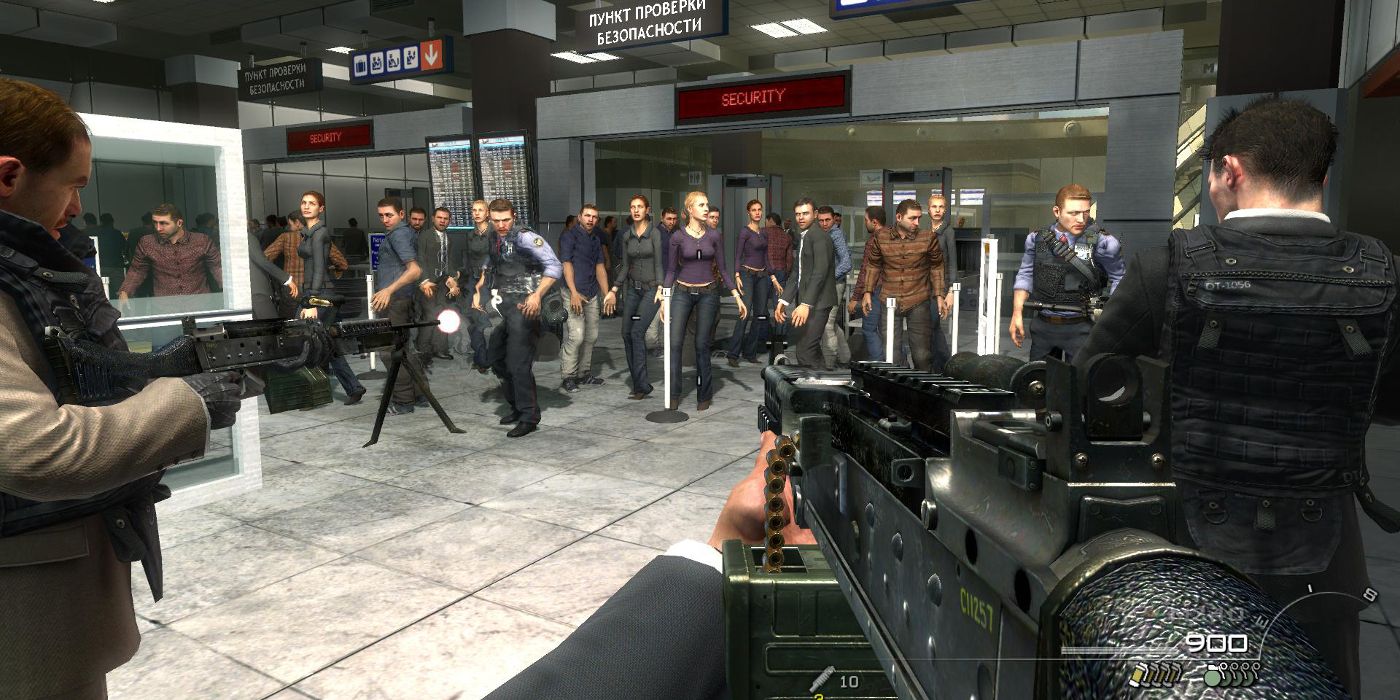The White House published a new video on YouTube that highlights violence in video games by cherry picking key scenes in first-person shooters such as Call of Duty, Wolfenstein, Destiny, and more. A recent mass shooting at Stoneman Douglas High School in Parkland, FL., left 17 children and faculty members dead with another 17 wounded. That spawned a new gun control debate in the United States while also singling out violent video games as potential catalysts for violence and mass shootings.
The White House and a number of lawmakers from around the United States are seeking to curb violence in video games either by restricting their sales to minors through establishing a rating board - which is already done via the Entertainment Software Rating Board (ESRB) - or potentially by implementing a tax on select "violent" video games. For instance, one Rhode Island lawmaker is proposing legislation that will introduce a 10 percent tax on all M-rated video games sold in the state. Meanwhile, the Trump administration met with industry leaders this week to discuss the level of violence portrayed in games. The meeting started off with a montage reel that cherry picks some of the most violent parts/scenes/sequences of the most violent video games out there.
Related: Video Game Loot Boxes Targeted in Proposed Hawaii Legislation
The "Violence in Video Games" montage reel (above) was published as an unlisted video on YouTube and it's already gone viral, obtaining almost more than one million views in just over 24 hours. What's more, the video has garnered over 70,000 dislikes compared to just over 2,000 likes (as of the time of this writing). According to a statement released on the White House website, the meeting with industry leaders was "centered on whether violent video games, including games that graphically simulate killing, desensitize our community to violence."
The video is a montage of scenes obtained from various video games, but the hook was Modern Warfare 2's "No Russian" sequence, which actually drew a considerable amount of controversy when the game originally released in 2009. While the sequence is undoubtedly violent, that's all it is without context: violent. With context, however, it becomes an integral part of the game's story. In a statement to VG247 in 2009, Activision said: "The scene establishes the depth of evil and the cold-bloodedness of a rogue Russian villain and his unit. By establishing that evil, it adds to the urgency of the player’s mission to stop them."
As with any other medium of storytelling, violence in video games typically serves a purpose and games are developed in such ways for reasons. Plus, Modern Warfare 2 gave players the option of "skipping" the scene, and recent Call of Duty games give consumers the option of disabling blood and gore. As for controlling the violence in video games: as previously mentioned, the ESRB already rates games based on their violence (and other content as well) - just as the MPAA rates movies based on their content - and they've been doing so since 1994. Moreover, the International Game Developers Association decried the correlation between violent video games and societal violence in a strongly-worded string of tweets on Wednesday. Take a look:
While both the American Psychological Association and the American Academy of Pediatrics are opposed to children and young adults playing violent video games (via CNN), newer studies fail to find a correlation between such games and violence, let alone mass shootings. In fact, a 2016 study conducted by the Southern Economic Association determined that general violence in society decreased in the weeks following a major video game release. But it's worth noting that even that study doesn't take all factors into account. What it does do is show that a blanket blame on video games for violence in society isn't conclusive... or logical. Plus, using a video that depicts some of the most violent scenes in games such as Call of Duty without context probably won't solve anything.
More: 15 Most Controversial Video Games
Source: White House


